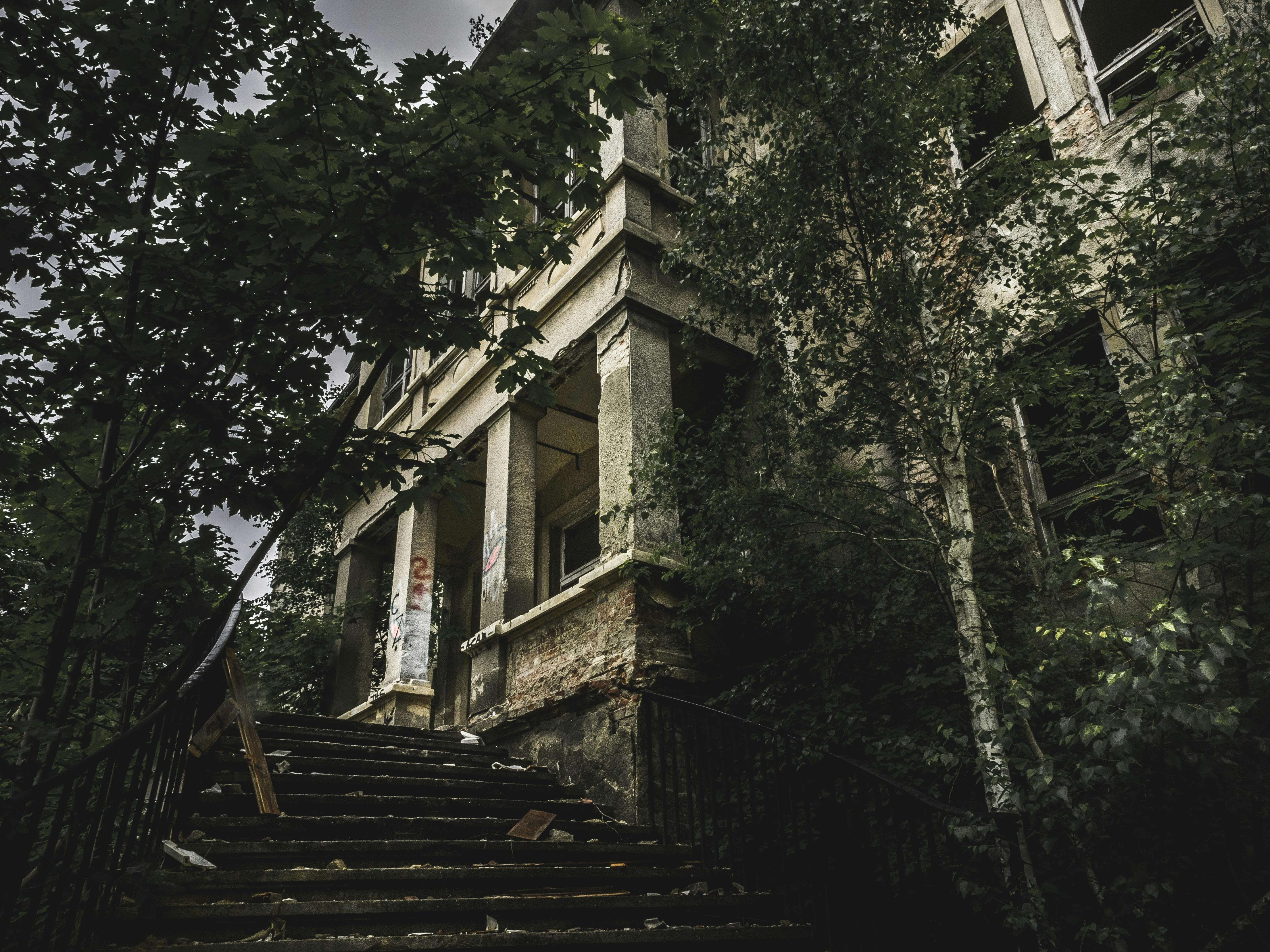Investigating the Hidden Stories and Unexpected Risks Inside Abandoned Houses
Abandoned houses stand as silent witnesses to forgotten histories, each holding untold stories within their weathered walls. These vacant structures, while fascinating to urban explorers and history enthusiasts, harbor numerous hidden dangers that demand careful consideration. From structural instabilities to toxic materials, understanding both the historical significance and potential hazards of abandoned properties is crucial for anyone interested in these mysterious time capsules.

What Historical Secrets Do Abandoned Houses Often Reveal?
Abandoned houses frequently offer glimpses into different eras through their architecture, artifacts, and remnants of daily life. Personal belongings, old photographs, and vintage furniture often remain frozen in time, providing valuable insights into past generations. These properties can reveal everything from changes in architectural styles to shifts in local economic conditions that led to their abandonment. Documentary evidence, such as old letters or newspapers, sometimes survives to tell rich stories about former residents.
What Structural Hazards Pose the Greatest Risk in Vacant Properties?
The most immediate dangers in abandoned houses stem from structural deterioration. Years of neglect typically result in compromised foundations, rotting floor joists, and weakened roof supports. Water damage from leaking roofs can cause extensive decay, while pest infestations may further compromise structural integrity. Unstable staircases, collapsed floors, and falling debris present serious risks to anyone entering these buildings.
How Do Environmental Hazards Impact Abandoned House Safety?
Beyond obvious structural concerns, abandoned houses often contain numerous environmental hazards. Common threats include:
-
Asbestos in older insulation and floor tiles
-
Lead paint on walls and woodwork
-
Toxic mold growth in damp areas
-
Contaminated water in basement areas
-
Hazardous materials from previous renovations
These environmental risks can pose serious health threats even during brief exposures.
What Legal Considerations Apply to Exploring Abandoned Properties?
Entering abandoned houses without permission typically constitutes trespassing, regardless of how long the property has been vacant. Property ownership remains in effect even when buildings appear neglected. Some key legal considerations include:
-
Criminal trespassing charges
-
Civil liability for injuries
-
Property damage responsibilities
-
Local ordinance violations
-
Historic preservation regulations
How Do Urban Legends and Local Stories Impact Abandoned Properties?
Many abandoned houses become the subject of local folklore and urban legends. While some stories may have historical foundations, others emerge from community imagination and evolve over time. These narratives often influence how properties are perceived and treated by the community, sometimes leading to vandalism or unauthorized exploration attempts.
What Safety Precautions Should Urban Explorers Follow?
Professional urban explorers and researchers emphasize several essential safety protocols:
| Safety Equipment | Purpose | Importance Level |
|---|---|---|
| Respirator Mask | Protects from asbestos/mold | Critical |
| Steel-toe Boots | Guards against debris/nails | Essential |
| Hard Hat | Prevents head injuries | Mandatory |
| Flashlight | Improves visibility | Required |
| First Aid Kit | Handles minor emergencies | Necessary |
Safety precautions should always include:
-
Obtaining necessary permissions
-
Never exploring alone
-
Documenting entry points and escape routes
-
Carrying emergency communication devices
-
Checking weather conditions
-
Informing others of exploration plans
Many abandoned houses hold fascinating historical value, but their exploration requires careful preparation and respect for both legal requirements and safety protocols. While these properties can provide valuable insights into our past, the risks associated with entering them should never be underestimated. Understanding and following proper safety measures remains essential for anyone interested in documenting or studying these remarkable time capsules of history.




